Explore the Heart of São Paulo
Join our free walking tour to uncover São Paulo's rich history and vibrant culture through its iconic landmarks and hidden gems, revealing the city's unique charm.
Time
3 Hours
Stops
9 Places
Distance
3.9 km
Catedral da Sé
Begin your tour at the heart of São Paulo with the iconic Catedral da Sé, a stunning example of neo-gothic architecture and one of the largest churches in Brazil.
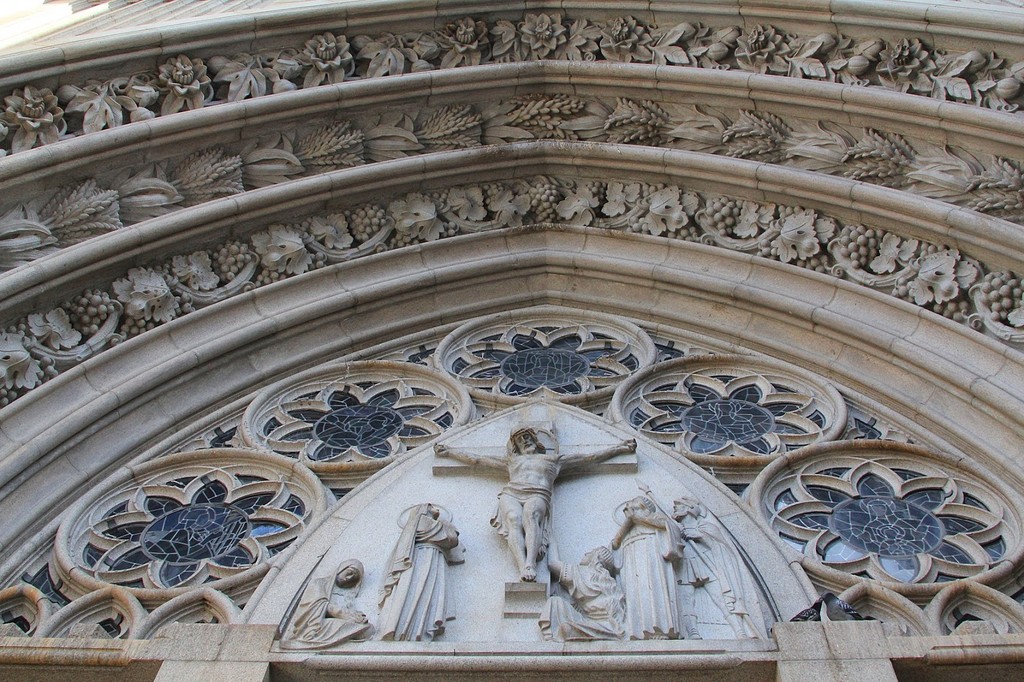
Catedral da Sé (Source: Google Maps)
Catedral da Sé, located in the heart of São Paulo, is a magnificent example of neo-gothic architecture and one of the largest churches in Brazil. Construction began in 1913, and it was consecrated in 1954. The cathedral's impressive facade features two towering spires, intricate stained glass windows, and detailed sculptures that reflect its architectural grandeur. It serves as a vital spiritual center for the city, hosting numerous religious ceremonies and events. The cathedral's crypt also houses the remains of several important figures in Brazilian history, adding to its cultural significance. Visitors can explore the interior, which boasts beautiful altars and religious artworks, making it a must-visit landmark for those seeking to understand São Paulo's religious and architectural heritage.
Solar da Marquesa de Santos
Continue to the Solar da Marquesa de Santos, a beautifully preserved colonial mansion that offers insight into the lifestyle of São Paulo's elite in the 19th century.
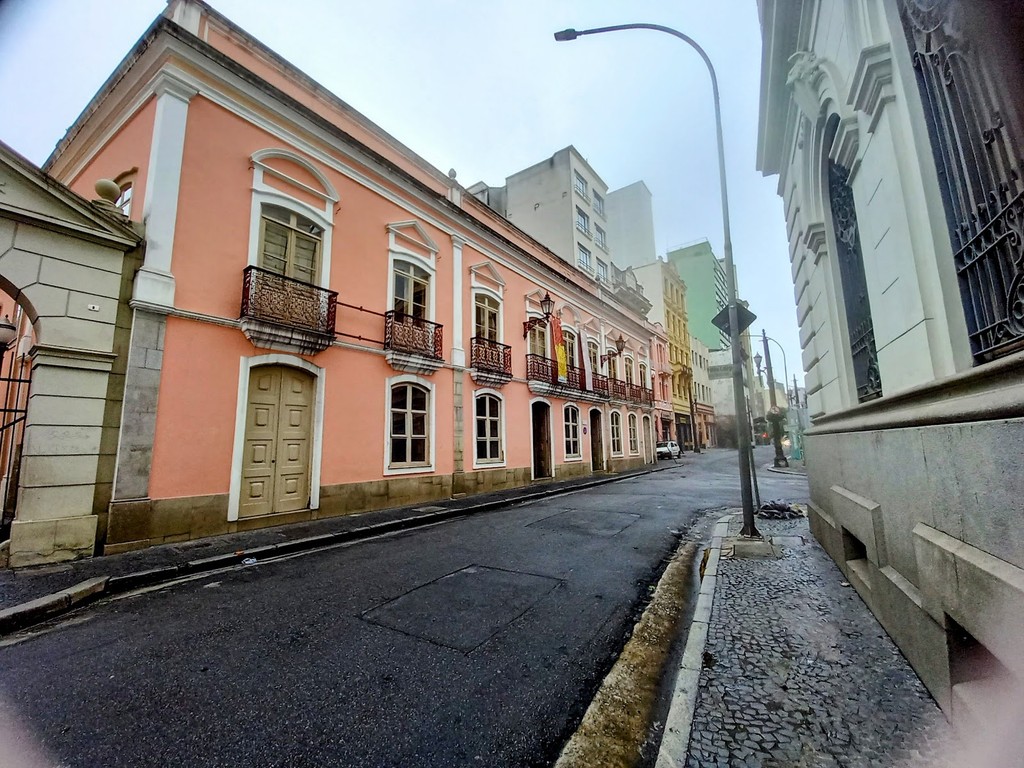
Solar da Marquesa de Santos (Source: Google Maps)
The Solar da Marquesa de Santos is a beautifully preserved colonial mansion that offers a glimpse into the lifestyle of São Paulo's elite in the 19th century. Built in the late 18th century, it served as the residence of Domitila de Castro, the Marquesa de Santos, who was a prominent figure in Brazilian history known for her relationship with Emperor Dom Pedro I. The mansion features classic colonial architecture, with its elegant façade and charming interior that reflects the opulence of its time. Today, it houses a museum that showcases artifacts, documents, and exhibitions related to the life of the Marquesa and the history of São Paulo. This landmark not only highlights the architectural beauty of the era but also serves to educate visitors about the social and political dynamics of Brazil during the imperial period.
Pateo do Collegio
Just a short walk away, visit the historic Pateo do Collegio, the site where the city of São Paulo was founded in 1554, now featuring a museum and a church.
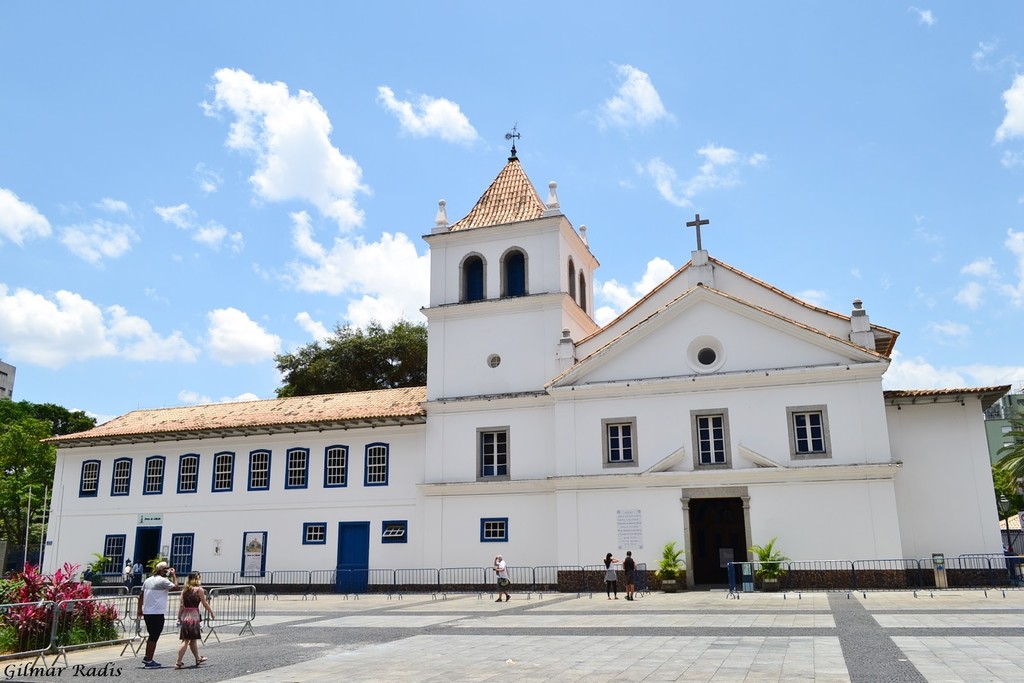
Pateo do Collegio (Source: Google Maps)
Pateo do Collegio is a historic site that marks the birthplace of the city of São Paulo, founded in 1554 by Jesuit priests. The site features a church and a museum that delve into the early history of the city and its development over the centuries. The architecture reflects a blend of colonial and contemporary styles, with the original church structure being one of the oldest in the region. The museum offers visitors a chance to explore artifacts and exhibits that narrate the story of São Paulo's founding, including the influence of the Jesuits in education and culture. Pateo do Collegio also serves as a cultural center, hosting various events and activities that celebrate the city's heritage, making it a significant landmark for both locals and tourists alike.
Edifício Martinelli
Visit the Edifício Martinelli, an architectural marvel and the first skyscraper in Latin America, offering panoramic views of the city from its rooftop terrace.
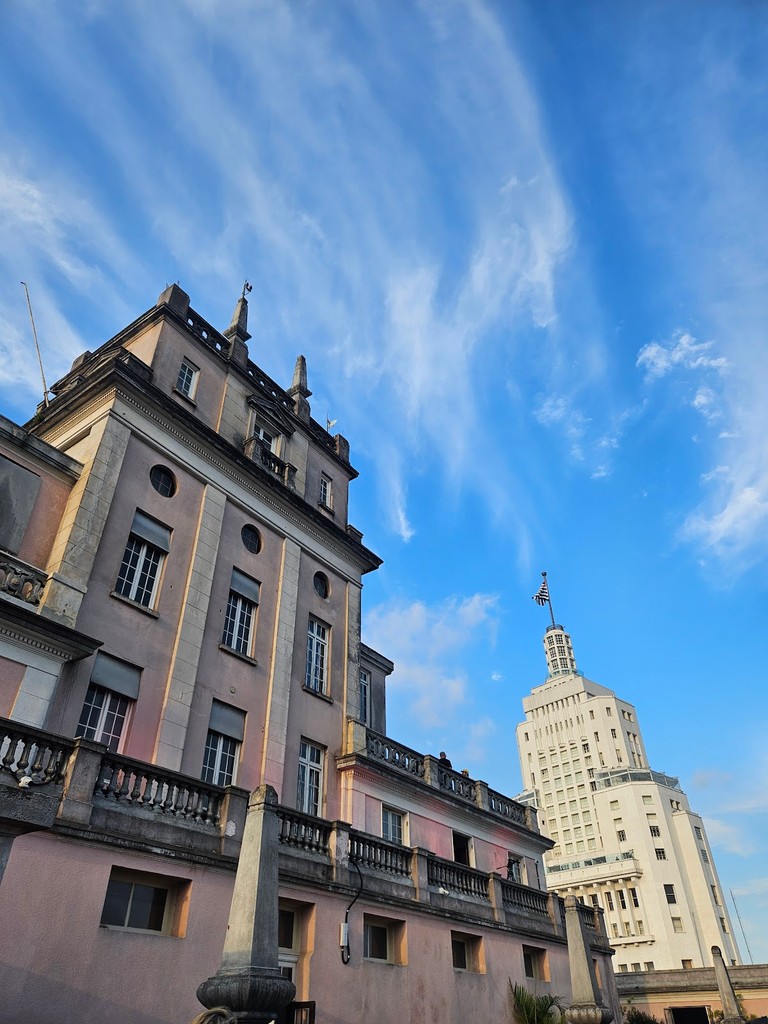
Edifício Martinelli (Source: Google Maps)
Edifício Martinelli, completed in 1934, is renowned as the first skyscraper in Latin America and a pioneering example of modern architecture in São Paulo. Standing at 130 meters tall, it was a symbol of the city's rapid urbanization and economic growth during the early 20th century. The building's design features elements of the Italian Renaissance style, characterized by its ornate façade and grand entrance. Edifício Martinelli was originally constructed as an office building and has undergone several renovations over the years. Visitors can access its rooftop terrace, which offers breathtaking panoramic views of the São Paulo skyline. The building is not only an architectural landmark but also a testament to the city's ambition and progress, showcasing its transformation into a bustling metropolis.
São Bento Monastery
Walk to the São Bento Monastery, an active monastery known for its Gregorian chants and stunning baroque interior.
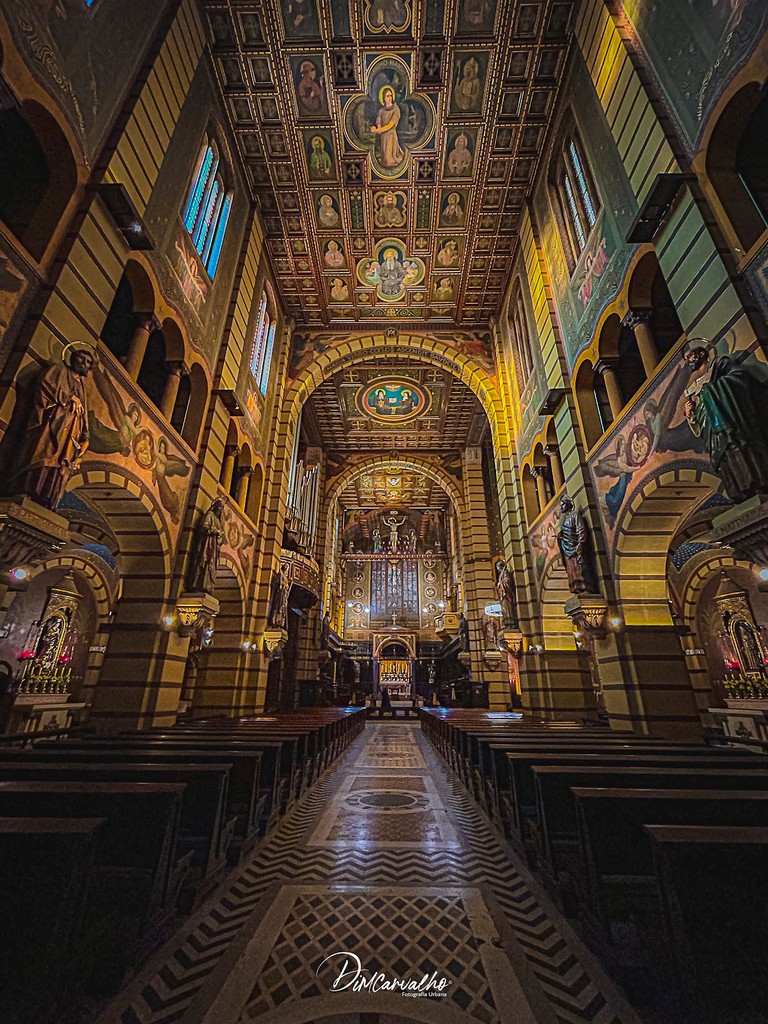
São Bento Monastery (Source: Google Maps)
The São Bento Monastery, founded in 1598, is an active Benedictine monastery known for its rich history and stunning baroque architecture. The monastery features an intricate façade and a beautifully adorned interior, with impressive altars, frescoes, and decorative details that reflect its spiritual significance. One of the highlights of the monastery is its Gregorian chants, performed by the resident monks, which draw visitors seeking both tranquility and cultural enrichment. The monastery also plays an essential role in São Paulo's religious life, hosting various ceremonies and events throughout the year. As a historical landmark, it stands as a reminder of the city's colonial past and the enduring influence of religious institutions in shaping its cultural landscape.
Museu da Língua Portuguesa
Head to the Museu da Língua Portuguesa, located in the Estação da Luz, to explore the rich linguistic heritage of the Portuguese language in an interactive setting.
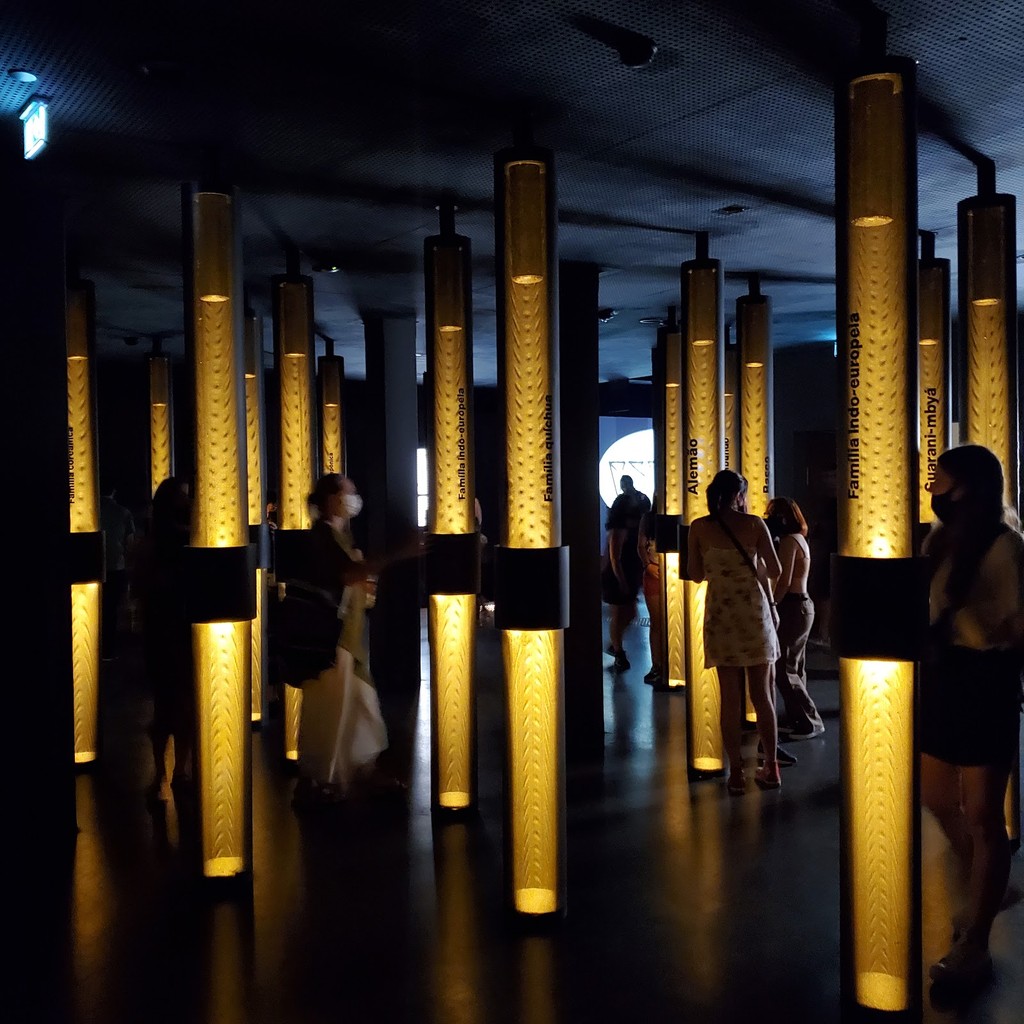
Museu da Língua Portuguesa (Source: Google Maps)
Located in the Estação da Luz, the Museu da Língua Portuguesa is dedicated to the rich linguistic heritage of the Portuguese language. Opened in 2006, the museum features interactive exhibits that explore the history, evolution, and cultural significance of Portuguese as it relates to Brazil and the world. The museum's design integrates modern technology with traditional displays, allowing visitors to engage with the language in innovative ways. It highlights the contributions of various communities to the development of Portuguese, emphasizing its diversity and adaptability. The museum also serves as a cultural hub, hosting events, lectures, and workshops that celebrate the language and its literature. As a landmark, it fosters appreciation for the Portuguese language and its role in shaping Brazilian identity.
Parque da Luz
Stroll through the Parque da Luz, a serene public park with beautiful sculptures and lush gardens, offering a peaceful retreat in the midst of the city.
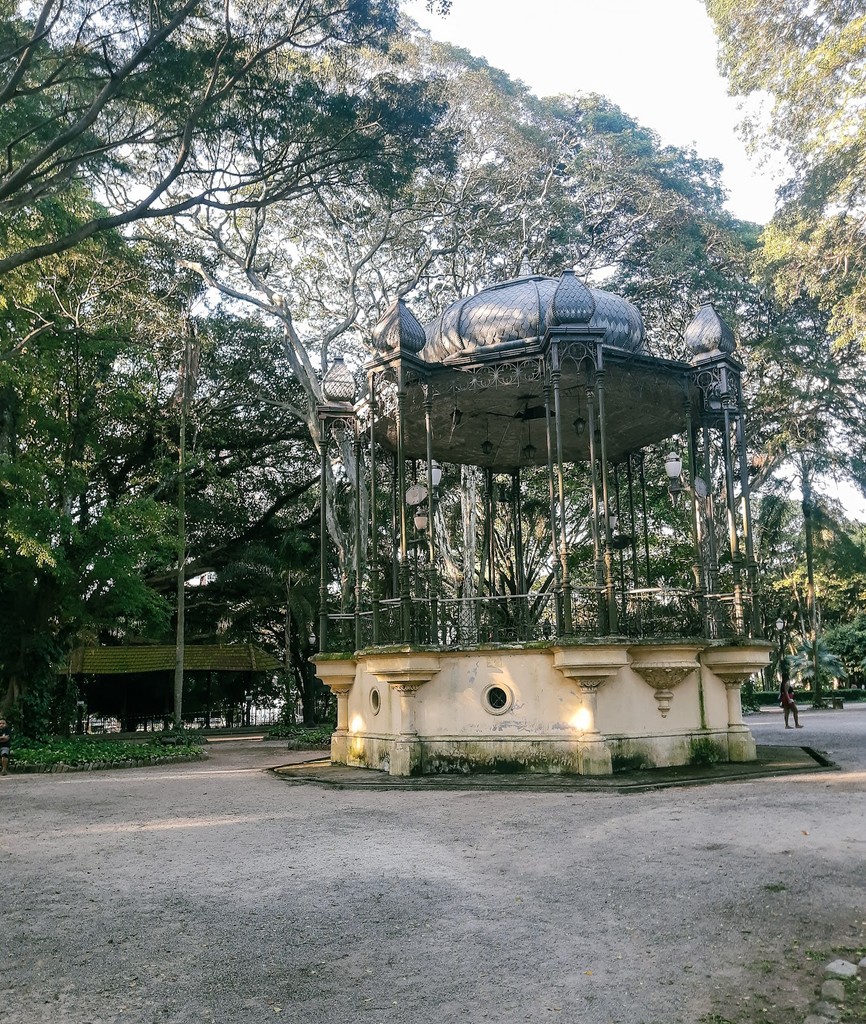
Parque da Luz (Source: Google Maps)
Parque da Luz is a serene public park located in the heart of São Paulo, offering a peaceful retreat amidst the hustle and bustle of the city. Established in the late 19th century, it features beautiful sculptures, lush gardens, and vibrant flowerbeds that create a tranquil atmosphere. The park is home to several historical monuments and art installations, making it a cultural landmark in the area. Visitors can enjoy leisurely strolls along its pathways, relax by the lake, or take in the sights and sounds of nature. Parque da Luz also hosts various cultural events and activities, including outdoor concerts and art exhibitions, contributing to the city's vibrant cultural scene. Its historical significance and natural beauty make it a cherished space for both locals and tourists.
Pinacoteca do Estado de São Paulo
Visit the Pinacoteca do Estado, São Paulo's oldest art museum, showcasing an impressive collection of Brazilian art from the 19th century to contemporary works.
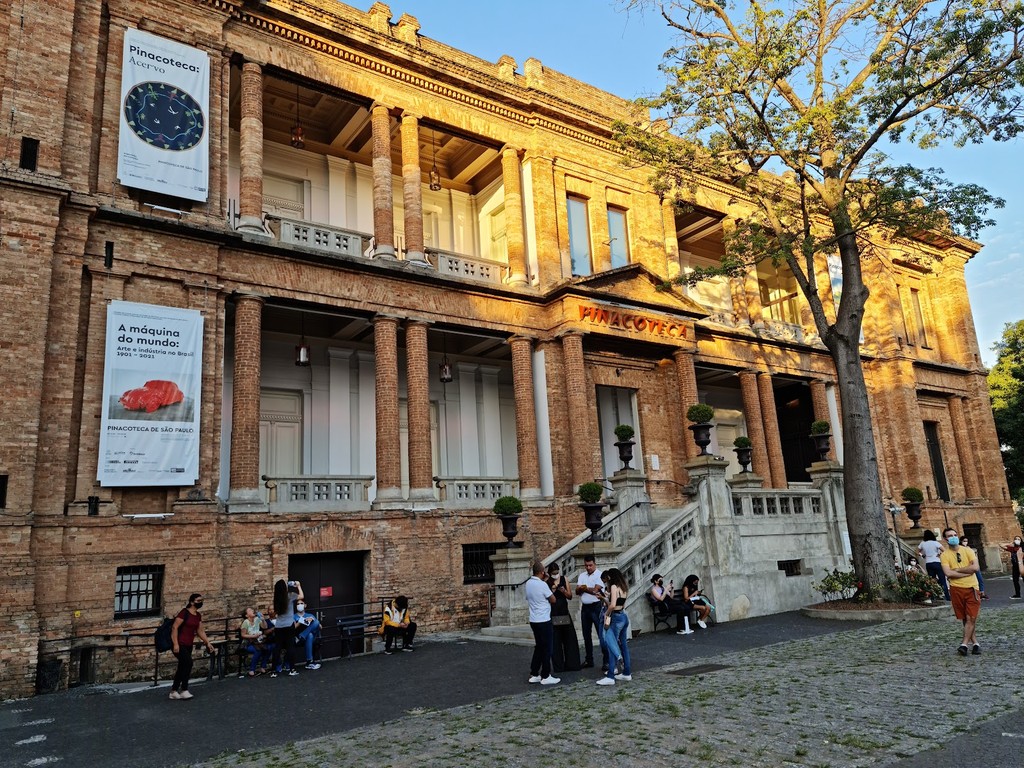
Pinacoteca do Estado de São Paulo (Source: Google Maps)
The Pinacoteca do Estado de São Paulo is the oldest art museum in the city, renowned for its impressive collection of Brazilian art ranging from the 19th century to contemporary works. Housed in a beautifully restored building that reflects neoclassical architecture, the museum features an extensive array of paintings, sculptures, and installations by both established and emerging artists. The collection emphasizes the evolution of Brazilian art, showcasing influential movements and styles that have shaped the country's artistic landscape. The museum also offers educational programs, workshops, and temporary exhibitions, fostering a deeper understanding and appreciation of the arts. As a cultural institution, the Pinacoteca serves as a vital platform for dialogue and creativity, attracting art enthusiasts and visitors from around the world.
Sala São Paulo
Conclude your tour at Sala São Paulo, a stunning concert hall housed in a beautifully restored train station, known for its world-class acoustics and performances.
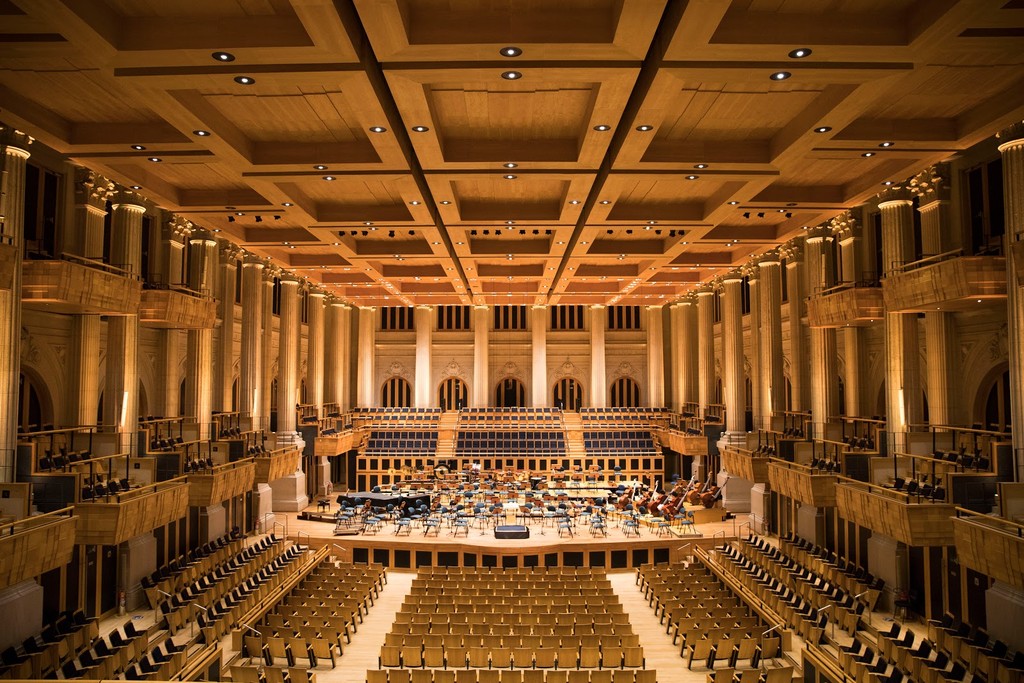
Sala São Paulo (Source: Google Maps)
Sala São Paulo is a stunning concert hall that exemplifies the city's commitment to the arts, housed in a beautifully restored train station. Known for its world-class acoustics, it is home to the São Paulo State Symphony Orchestra and hosts a variety of performances, including classical music, jazz, and contemporary concerts. The hall's architecture combines modern design with historical elements, featuring a grand auditorium adorned with intricate details and comfortable seating. Sala São Paulo is not only a venue for exceptional musical performances but also a cultural landmark that contributes to the city's vibrant artistic scene. Visitors can take guided tours to learn about its history, architecture, and the significance of music in Brazilian culture, making it a must-visit destination for music lovers.

Your travels, your rules.
Create your own Free Walking Tours.
Set your preferences, distances and anything you want to do or see.
Completely free, no payment required.